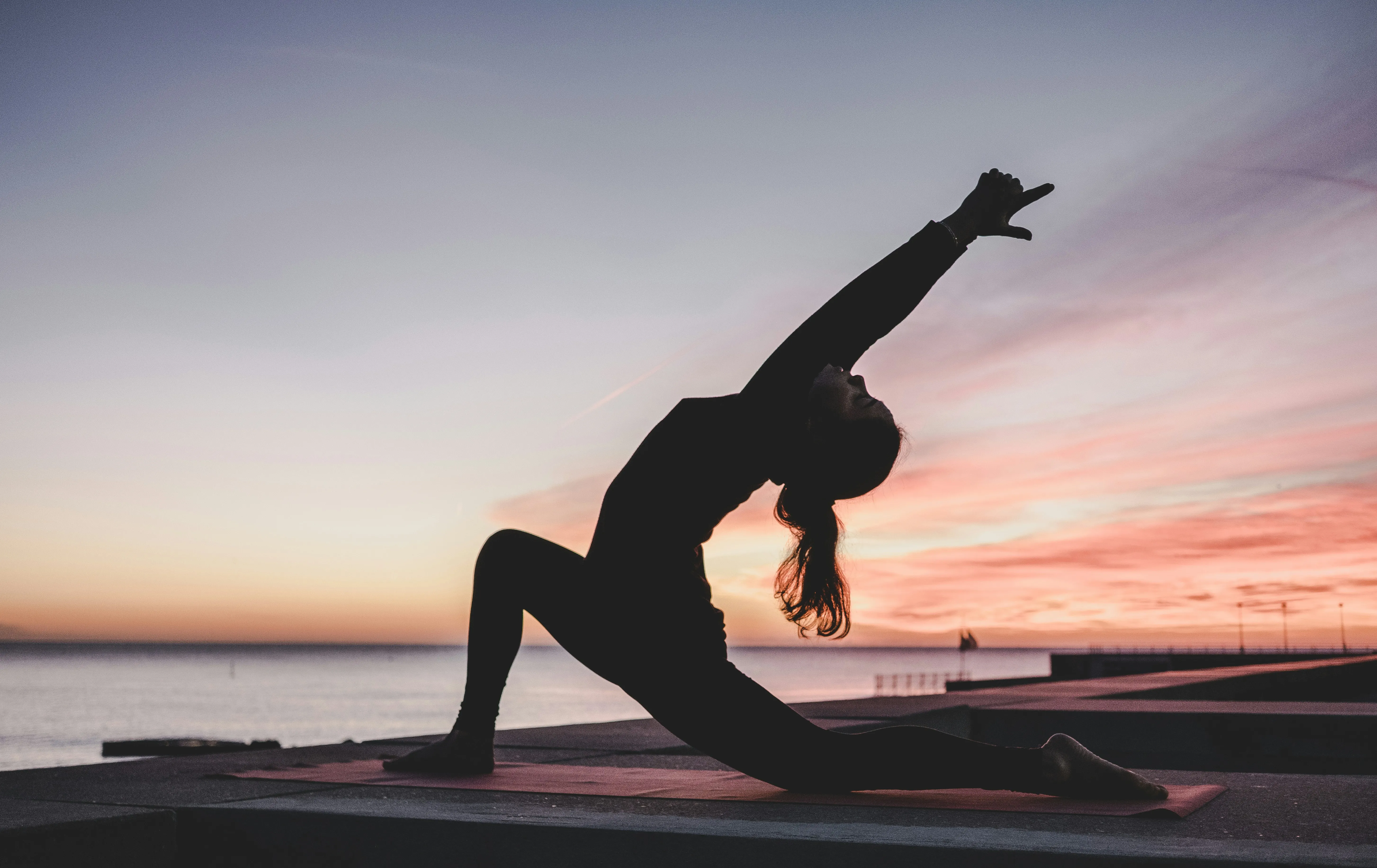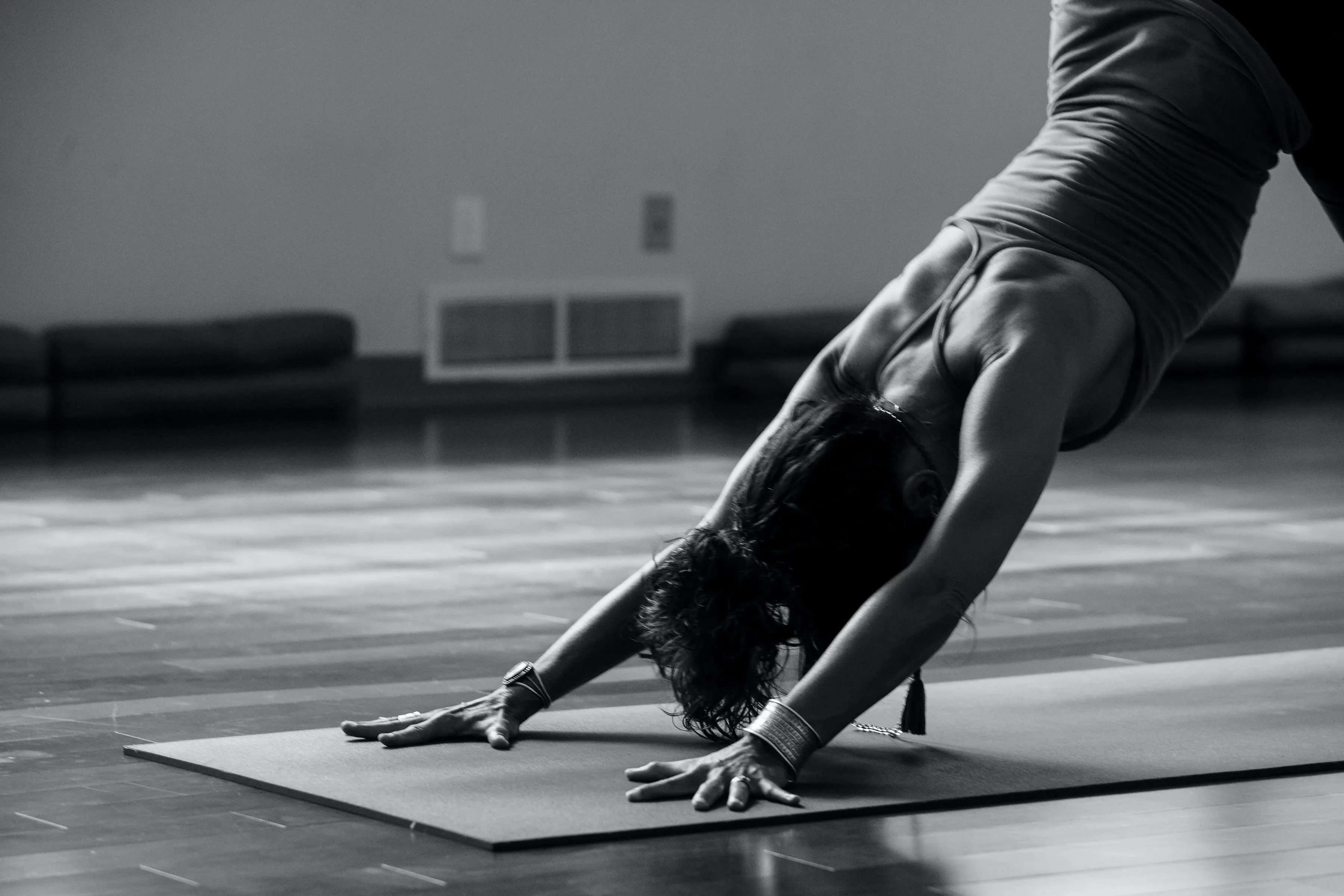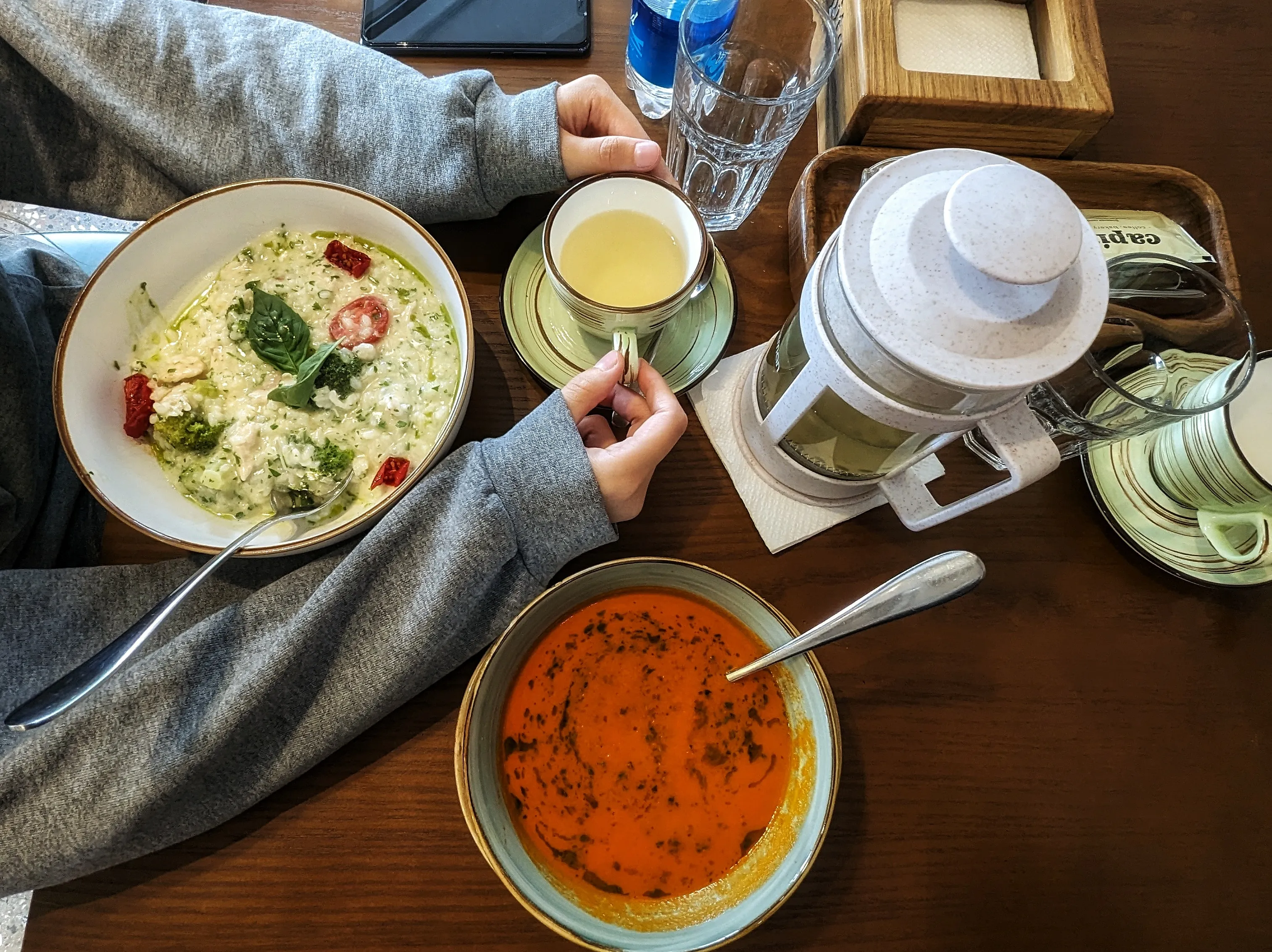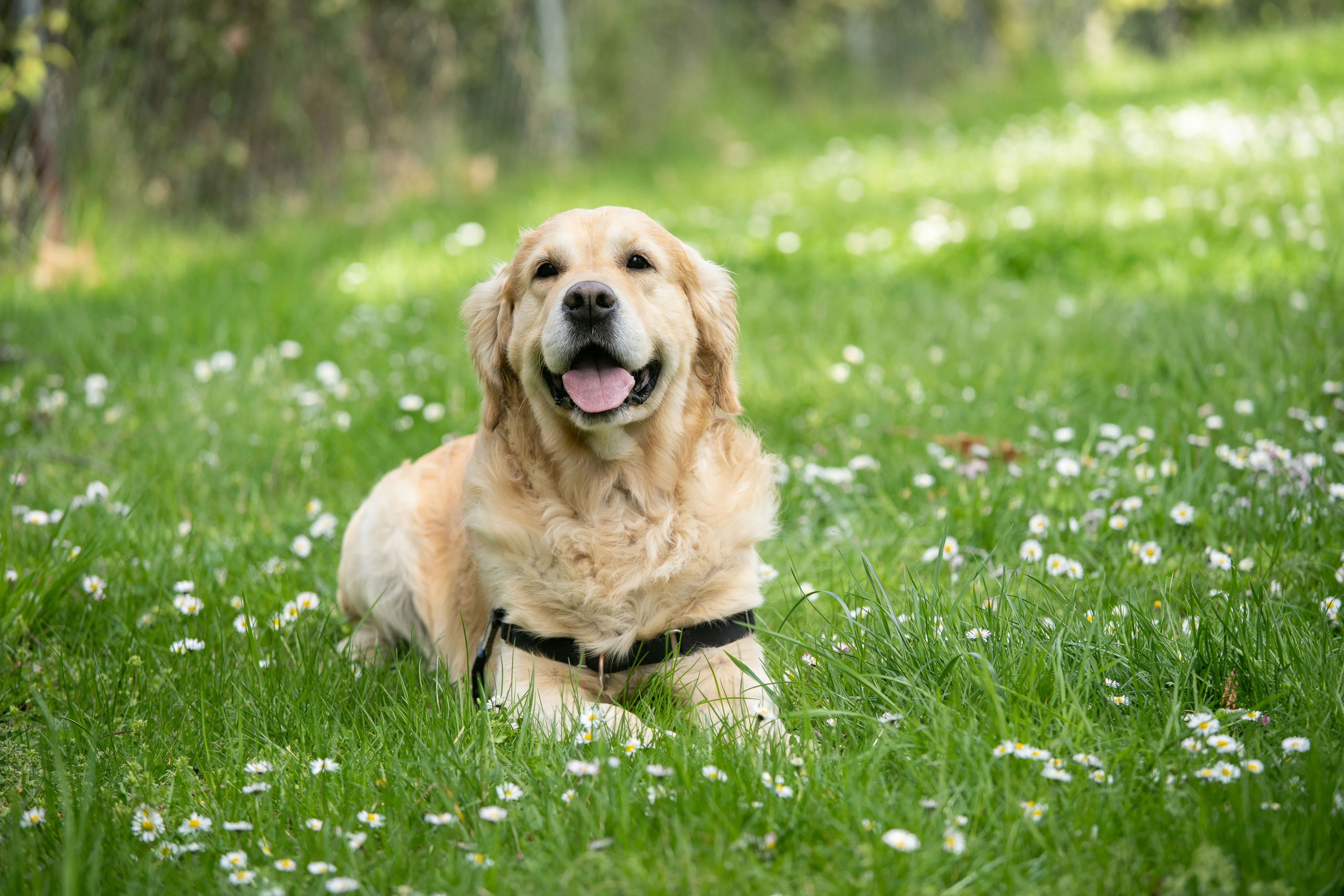Key to Cultivating Attention and Mindfulness
I was diagnosed with "inattentive" types ADHD and Type 1 Diabetes within a few years of each other. I chalk it up to being sensitive in a toxic cultural, emotional, and family system. I remember feeling distressed by the unhappiness everywhere, wondering what was wrong and how to help, but withdrawing into my animal friends and projects. My body may have tried to awaken me, but I was not paying attention, so I was primed for my pancreas to break when I experienced super intense stress in the summer of my 17th year at a summer camp for gifted kids. (That fall, as school started, I manifested all the symptoms of diabetes and was diagnosed.)
Diabetes, ADHD (and other ASD conditions) are related to modern herbicides and all have problems of attention. With the cards stacked against us, don't be hard on yourself when you can't or don't pay attention like you want to. Using mindfulness and self-compassion practices, we'll get curious about negative self-talk. Learn simple, effective tools for making room for this curiosity, being kinder to yourself, and being mindful.
Key Insights:
- Yoga cultivates mindfulness
- Mindfulness helps distractible brains
- How to start practicing yoga and cultivating mindfulness today
- Deep breathing techniques for stressful or exciting moments
- Yoga recommendations for those with distractiblity.
- Extra methods to increase attention: Exercse, time in nature, and caffeine - they help to increase attention and focus for both ADHD and those with blood sugar swings.
Mindfulness has been called a superpower and a therapy for stress and neurodiversity. For years, I managed a tendency toward my brain function difference and blood sugars through yoga, cultivating mindfulness, and coffee as a stimulant (my OTC Ritulin).
Yoga can be vital to cultivating mindfulness and calm in a sea of distraction and overwhelm-fueled distress.
Want to learn more about what is mindfulness, exactly? How do you DO it? And does it improve focus and organization attention? A suggested Yoga routine.
How Mindfulness and Yoga Helps to Focus and Cultivate Attention
Both yoga and mindfulness aim to quiet the mind and cultivate a deeper connection to and understanding of the self. They teach you to tune into your breath, pay attention to bodily sensations, and accept reality as it is at that moment.
Unlike meds for inattention, mindfulness develops the individual's inner skills. It improves your ability to control your attention by helping to strengthen your ability to self-observe, train attention, and establish different relationships to stressful experiences. Mindfulness can be a beneficial practice for individuals with ADHD (Attention Deficit Hyperactivity Disorder) by helping to improve focus, attention, emotional regulation, and overall well-being.
Ways Mindfulness Can Be Helpful for Inattentive Brains:
- Improved focus and attention: ADHD is often characterized by difficulties in sustaining attention and staying on task. Mindfulness exercises, such as focusing on the breath or a specific sensation, help train the brain to stay present in the moment. This practice can enhance the ability to redirect attention when it drifts off, leading to improved focus.
- Reduced impulsivity: People with ADHD may struggle with impulsivity, making it challenging to think before acting. Mindfulness encourages individuals to pause and observe their thoughts and feelings without immediately reacting. This pause helps individuals with ADHD make more thoughtful and intentional decisions, reducing impulsive behavior.
- Emotional regulation: ADHD can be associated with emotional dysregulation, where intense emotions are difficult to manage. Mindfulness practices can help individuals become more aware of their emotions as they arise, fostering a greater ability to respond to them in a balanced manner instead of reacting impulsively.
- Stress reduction: ADHD individuals may experience higher stress levels due to difficulties in managing time and responsibilities. Regular mindfulness practice can reduce stress and anxiety levels, promoting a sense of calm and well-being.
- Increased self-awareness: Mindfulness encourages individuals to develop a non-judgmental awareness of their thoughts and behaviors. This heightened self-awareness can help people with ADHD recognize their unique challenges and strengths, allowing for better self-acceptance and self-compassion.
- Enhanced executive function: Executive function deficits are common in ADHD, affecting organization, planning, and task initiation. Mindfulness practice can help strengthen executive function by training the brain to stay focused and resist distractions.
- Better sleep: Many individuals with ADHD struggle with sleep problems. Mindfulness techniques can aid in relaxation and stress reduction, contributing to improved sleep patterns.
- Mindful coping strategies: ADHD can lead to frustration and feelings of overwhelm. Mindfulness equips individuals with tools to manage stress and cope with challenging situations more effectively.
How to start practicing yoga and cultivating mindfulness today
- Set Your Intentions: Take a moment to reflect on why you want to practice yoga and mindfulness. Identifying your goals and intentions will help you stay focused and committed.
- Create a Quiet Space: Find a quiet and comfortable space in your home where you can practice without distractions. It could be a dedicated room, a corner, or a quiet spot with enough room to move.
- Observe Your Breath: Sit or lie down comfortably and close your eyes. Start by observing your breath—notice the inhales and exhales without trying to change anything. Simply observe the natural rhythm of your breathing.
- Begin with Gentle Yoga: If you're new to yoga, start with gentle yoga poses to familiarize yourself with the practice. There are plenty of beginner-friendly yoga sequences and videos available online.
- Follow Online Resources: Use online resources like videos, apps, or websites that offer guided yoga sessions. These resources can help you learn proper alignment and techniques.
- Start with Short Sessions: Keep your sessions short (10-15 minutes) to avoid feeling overwhelmed. As you get comfortable, gradually increase the duration.
- Be Mindful of Your Body: Listen to your body and know its limitations. Don't push yourself too hard, especially if you're new to physical activity.
- Practice Regularly: Consistency is key. Aim to practice yoga and mindfulness regularly, even for a few minutes each day. Making it a habit will help it become a natural part of your routine.
- Incorporate Mindfulness into Daily Activities: Mindfulness isn't limited to your yoga practice. Bring mindfulness into your daily life by paying attention to your actions and thoughts in everyday activities.
- Join a Class or Community: Consider joining a local yoga class or a mindfulness group. Being part of a community can provide support, motivation, and a sense of connection.
- Be Patient and Compassionate: Yoga and mindfulness are practices that evolve. Be patient with yourself, and don't get discouraged by any challenges.
- Read and Learn: Educate yourself about the philosophy and principles of yoga and mindfulness. Understanding the background can deepen your practice.
- Stay Open-Minded: Be open to exploring different styles of yoga and mindfulness techniques. Everyone's journey is unique, so find what resonates with you.
Remember that yoga and mindfulness are not about achieving perfection or mastering advanced poses. Yoga is the ultimate mindfulness exercise.
Yoga Sequence to Increase Focus and Attention:
This intelligent sequence for blood sugar is derived from various yoga studies I've undertaken since 1996.
10 Yoga Poses to Improve Focus and Attention
- Child's Pose (Balasana): Kneel on the floor with your feet together and your knees hip-width apart. Hinge forward at the hips and rest your forehead on the floor. Stretch your arms out in front of you.
- Mountain Pose (Tadasana): Stand tall with feet together and arms by your sides. .
- Eagle Pose (Garudasana): Stand with your feet hip-width apart. Cross your right leg over your left and bring your right arm under your left arm. Clasp your hands together and balance.
- Goddess Pose Stand tall with feet wide and knees bent and arms by your sides
- Downward Facing Dog (Adho Mukha Svanasana): Start on your hands and knees. Press your hands and feet into the ground and lift your hips up to create an inverted "V" shape.
- Fearless Heart Sun Salutations:
Stand in from Mountain, reach long to Forward Bend (Uttanasana), step or jump legs back or hand-walk to Downward Facing Dog. Shakti waves 3x to high push-up. Tiger-paw dog the floor. Step left forward and rise to low left lunge with hands in Uttarabodhi Mudra and a graceful lift of heart and back-bend, step right back to move back to down-dog, to push up and cobra, back through to right lunge, and back to standing. - Tree Pose (Vrikshasana): Stand with feet hip-width apart. Place the sole of your right foot on your left inner thigh. Press your foot into your thigh and engage your core. Bring your hands to your heart center and focus on your balance.
- Warrior II Pose (Virabhadrasana II): Stand with your feet wide apart. Turn your left foot out and your right foot in slightly. Bend your left knee and raise your arms to shoulder height. Look over your left fingertips. Switch sides
- Butterfly Pose (Badhakonasana): Sit on the floor with the soles of your feet together. Allow your knees to drop out to the sides. Gently flap your legs like butterfly wings.
- Seated Forward Bend (Paschimottanasana): Sit on the floor with your legs straight out before you. Reach your arms up and fold forward, bringing your hands to your feet or ankles.
- Cow Face Pose (Gomukhasana): Sit with your legs crossed. Bring your right arm up and bend it behind your head. Bring your left arm behind your back and try to clasp your hands together.
- Corpse Pose (Savasana): Lie on your back with your arms at your sides and your palms facing up. Focus on your breath and try to relax your body.
*Of all the mudras taught by Buddha the most important mudra is the Uttarabodhi Mudra, also known as one of the Buddha Mudras. Considered the most powerful mudra for healing the body and mind, this mudra cures by raising the energy of the body and mind to a higher spiritual healing platform. The fingers are held upward which shows the movement of energy i.e upwards. The energy from the root chakra moves to the crown chakra.











